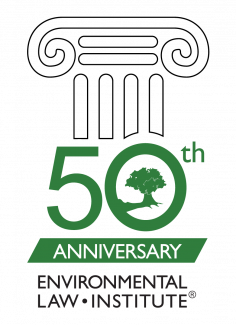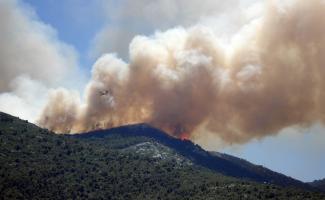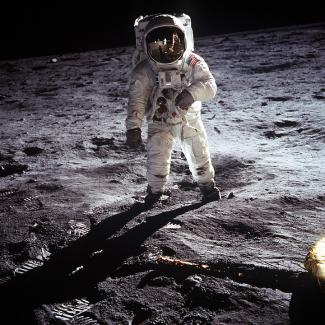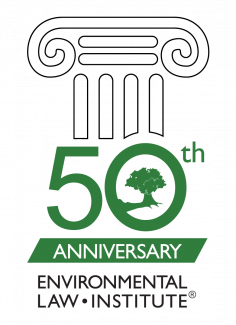What Lies Beyond the Beach? Diving into Our Nation’s Ocean
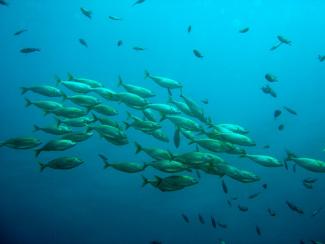
With summer in full swing and trips to the beach on our minds, the timing is perfect to consider the role of environmental law and the courts in guiding decisions with implications for the health of our oceans. This blog highlights recent updates from two major federal players with authority over what happens in the waters of the United States covering the three- to 200-mile exclusive economic zone (EEZ): the National Oceanic and Atmospheric Administration (NOAA) and the U.S. Department of the Interior (DOI).



